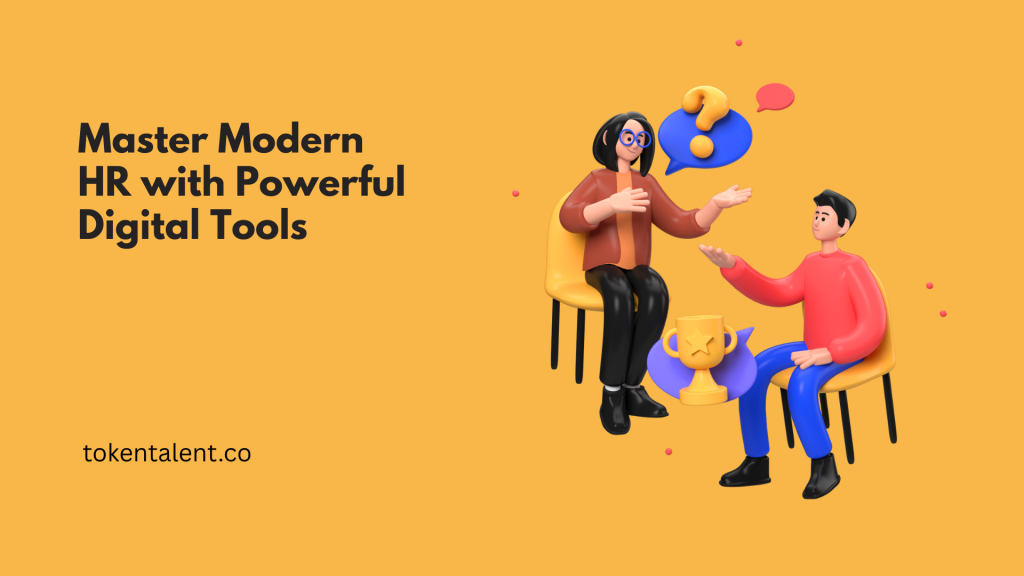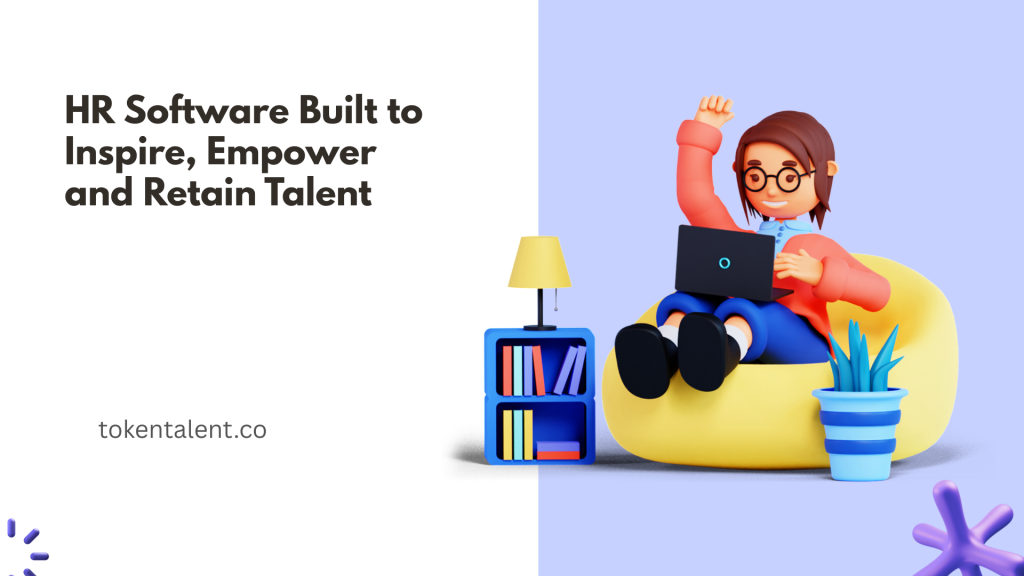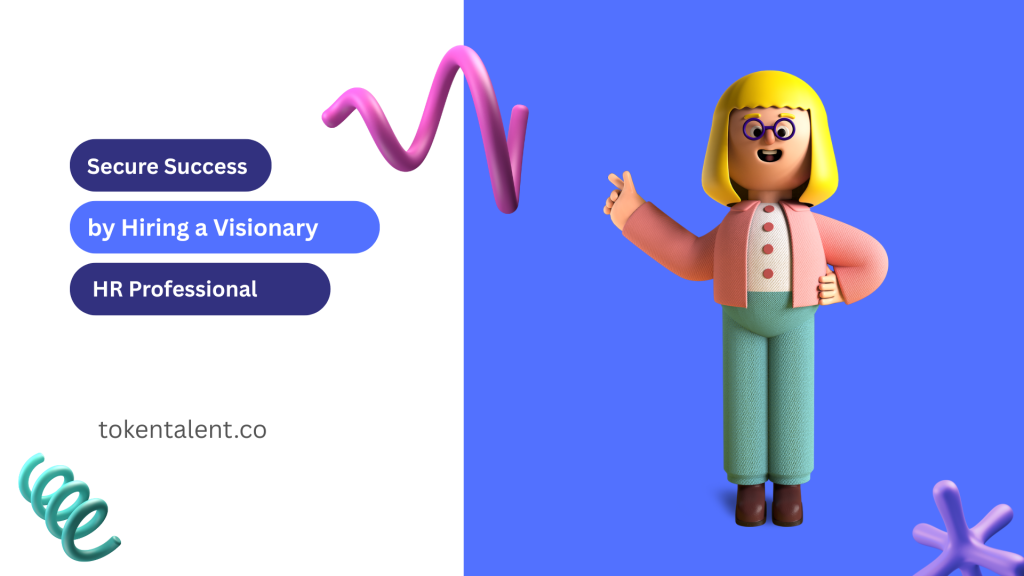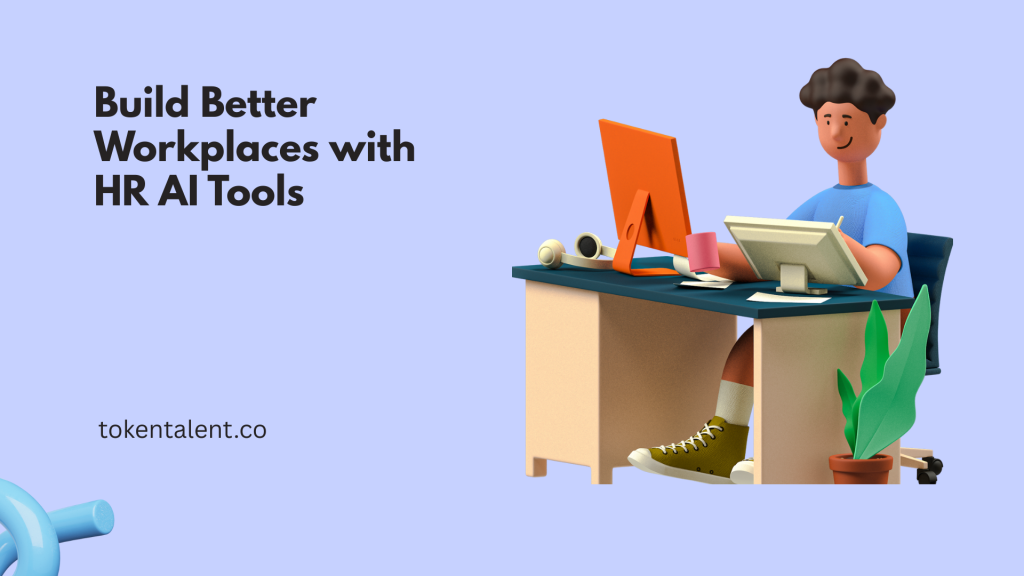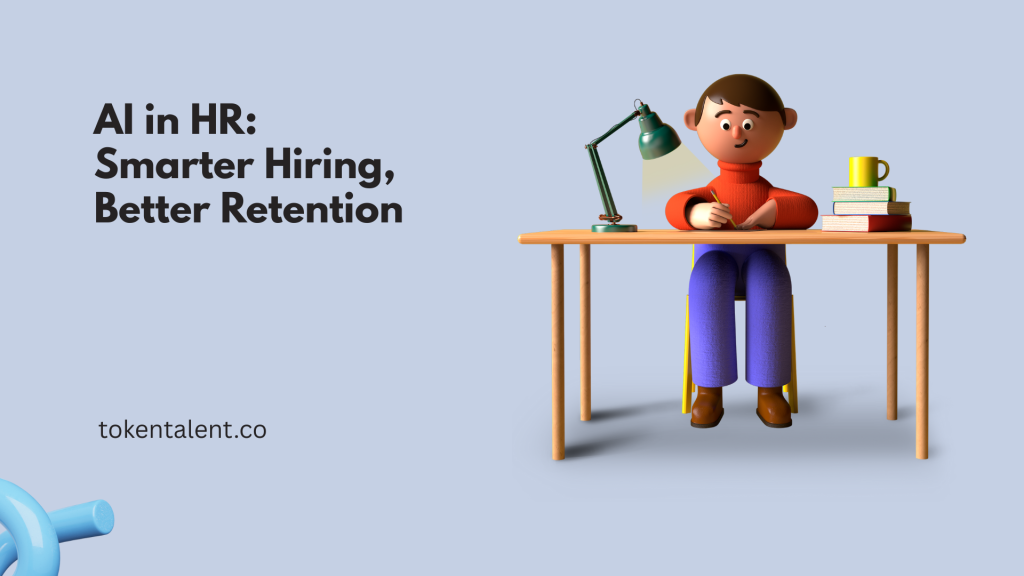Human Resource (HR) software has become indispensable for organizations aiming to streamline operations, enhance employee experiences, and maintain compliance. From Human Resource Information Systems (HRIS) to cloud-based HR platforms, these tools serve as the digital backbone of modern HR, facilitating efficient management of the entire employee lifecycle.
What is HR Software?
HR software encompasses a suite of digital tools designed to automate and manage HR processes such as recruitment, onboarding, payroll, performance management, and compliance. These solutions range from comprehensive Human Capital Management (HCM) systems to specialized tools like Applicant Tracking Systems (ATS) and Leave Management Systems.
Key Components:
- HRIS (Human Resource Information Systems): Centralized databases managing employee information, benefits, and compliance.
- HCM Software: Comprehensive platforms handling workforce planning, analytics, and performance management.
- Payroll Management Systems: Automated tools for salary calculations, tax filings, and direct deposits.
- Talent Management Systems (TMS): Solutions focusing on recruitment, onboarding, and employee development.
Embracing Cloud-Based HR Solutions
The shift to cloud-based HR software offers numerous advantages:
- Accessibility: Real-time access to data from anywhere, facilitating remote work and global operations.
- Scalability: Easily adaptable to organizational growth without significant infrastructure changes.
- Cost-Effectiveness: Reduced need for on-premises hardware and maintenance lowers operational costs.
- Security: Reputable providers implement robust security measures to protect sensitive data.
Tailoring Solutions for Small Businesses
Small businesses require HR solutions that are affordable, scalable, and user-friendly. Platforms like Token Talent offer tailored packages that include core HR functions, payroll processing, and compliance tools.
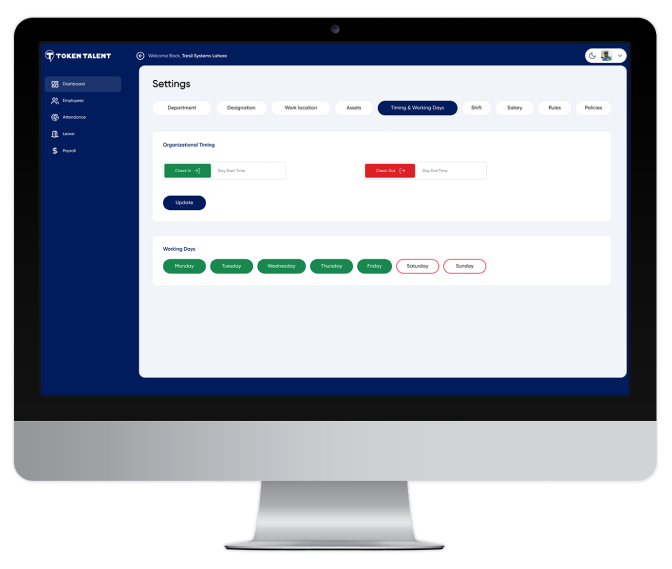
Enhancing Talent Acquisition and Performance Management
Modern HR recruiting software and ATS (Applicant Tracking Systems) help companies attract and retain talent.
- Talent Acquisition Software: Streamlines the recruitment process from job posting to onboarding.
- Performance Management Tools: Facilitate regular employee evaluations and goal tracking.
- HR Analytics Tools: Provide insights into workforce trends and performance metrics.
Streamlining Payroll and Compliance
Accurate payroll is critical for employee satisfaction and legal compliance. Payroll software today offers:
- Automated Payroll Processing: Calculates wages, taxes, and deductions efficiently.
- Direct Deposit Features: Ensures timely and secure salary disbursements.
- Compliance Management: Keeps up with changing labor laws and tax regulations.
Leveraging Open Source and Specialized HR Tools
For organizations seeking customization, open-source HRMS platforms offer flexibility. Specialized tools cater to specific needs:
- Leave Management Software: Tracks employee absences and approvals.
- HR Document Management Systems: Organizes employee records and compliance documents.
- HR Onboarding Software: Facilitates smooth integration of new hires.
Embracing HR Analytics and AI
The integration of HR analytics tools and AI-driven platforms enables data-driven decision-making:
- Predictive Analytics: Forecasts workforce trends and potential challenges.
- Employee Engagement Metrics: Measures satisfaction and identifies areas for improvement.
- Talent Management Insights: Assesses skills gaps and training needs.
Streamlining HR Workflows
Efficient HR workflows ensure consistency and compliance across processes:
- Automated Onboarding: Standardizes new hire procedures.
- Performance Appraisals: Schedules and tracks evaluations.
- Exit Interviews: Gathers feedback for organizational improvement.

Selecting the Right HR Software: Key Considerations
When evaluating HR software options, consider the following factors:
- Feature Set: Ensure the platform covers essential HR functions relevant to your organization.
- Integration Capabilities: The software should seamlessly integrate with existing systems and third-party applications.
- User Experience: An intuitive interface enhances adoption rates among employees and HR staff.
- Customer Support: Responsive support services are crucial for addressing issues promptly.
- Compliance and Security: Verify that the software complies with relevant regulations and employs robust security protocols.
Conclusion
Investing in the right HR and payroll software is pivotal for modern businesses aiming to optimize operations, enhance employee experiences, and maintain compliance. By understanding the available tools and aligning them with organizational needs, companies can build a resilient and efficient HR infrastructure.
